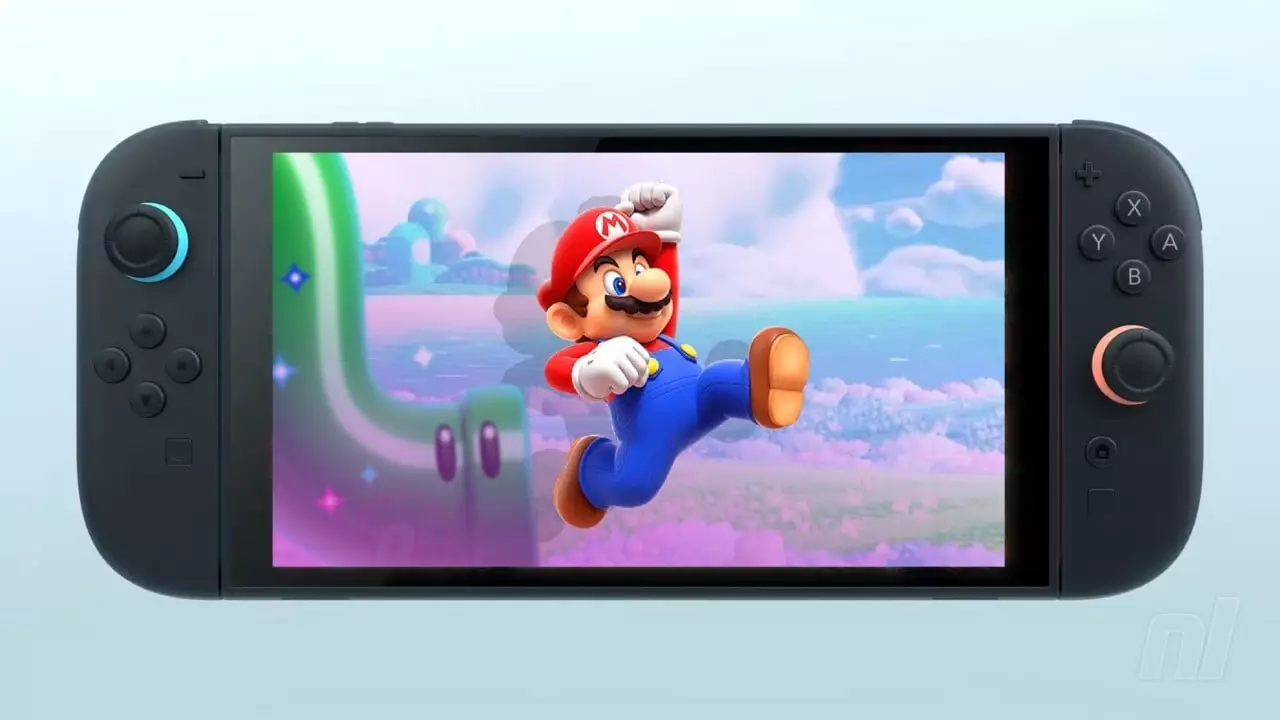The recent reveal of Nintendo’s Switch 2 has generated buzz among gamers, particularly due to the reemphasis on its backwards compatibility with the original Switch. For many consumers, the ability to play previously purchased games is a crucial feature that has the potential to influence their buying decisions. Stephen Totilo from Game File managed to garner insights from a Nintendo representative regarding this feature, sparking further discussion about the rationale behind it.
Nintendo’s objective appears clear: they aim to maintain customer loyalty and ease the transition from the original Switch to its successor. With millions of players already immersed in the expansive library of Switch titles, having them readily accessible on the new console serves as a compelling incentive for upgrades. This approach not only affirms the company’s commitment to its existing customer base but also reflects a growing trend in the gaming industry where user investment in games is prioritized.
The announcement also raises pertinent questions about third-party developers and their contributions to the Switch ecosystem. When asked about developer support, the response from Nintendo hinted that while they are not ready to disclose specifics, the focus remains on delivering a seamless user experience. The indication that “certain Nintendo Switch games may not be fully compatible” suggests that developers may need to adjust or perhaps re-optimize their titles for the new system.
This scenario could lead to a variety of outcomes. On one hand, it might encourage developers to create enhanced versions of popular games that take full advantage of the Switch 2’s hardware capabilities. On the other hand, it may also present challenges, as developers will have to navigate the complexities of ensuring compatibility or risk alienating a segment of the player base that could have otherwise enjoyed their titles.
Consumer Expectations and Future Announcements
As players contemplate upgrading to the Switch 2, the question of which games will transition smoothly remains at the forefront. Nintendo’s statement that specifics will be shared at a later date has left much to the imagination, creating anticipation as fans await additional announcements. The upcoming Nintendo Direct, scheduled for April 2, 2025, will likely address these queries in more detail and could potentially reveal which games will benefit from this backwards compatibility feature.
Moreover, Nintendo’s strategy seems to suggest a balancing act—the desire to enhance the gaming experience with exclusive titles for the Switch 2, while also valuing the investment gamers have made in the existing library. This dual approach will be critical not just for consumer satisfaction but also for the company’s future prospects in a highly competitive landscape dominated by rival consoles.
Nintendo’s decision to incorporate backwards compatibility features into the Switch 2 represents a savvy move to bolster consumer confidence and engagement. It underscores an acknowledgment of the significant time, effort, and finances players have invested into their gaming libraries. As we await more precise information following the upcoming Nintendo Direct, one thing is certain: the gaming community is keenly interested in how effectively Nintendo will navigate this transitional period in gaming history.

